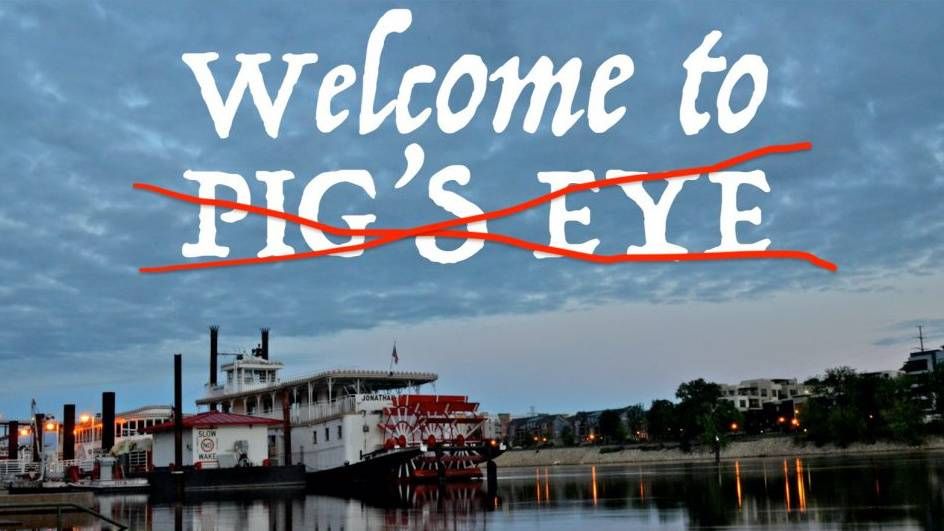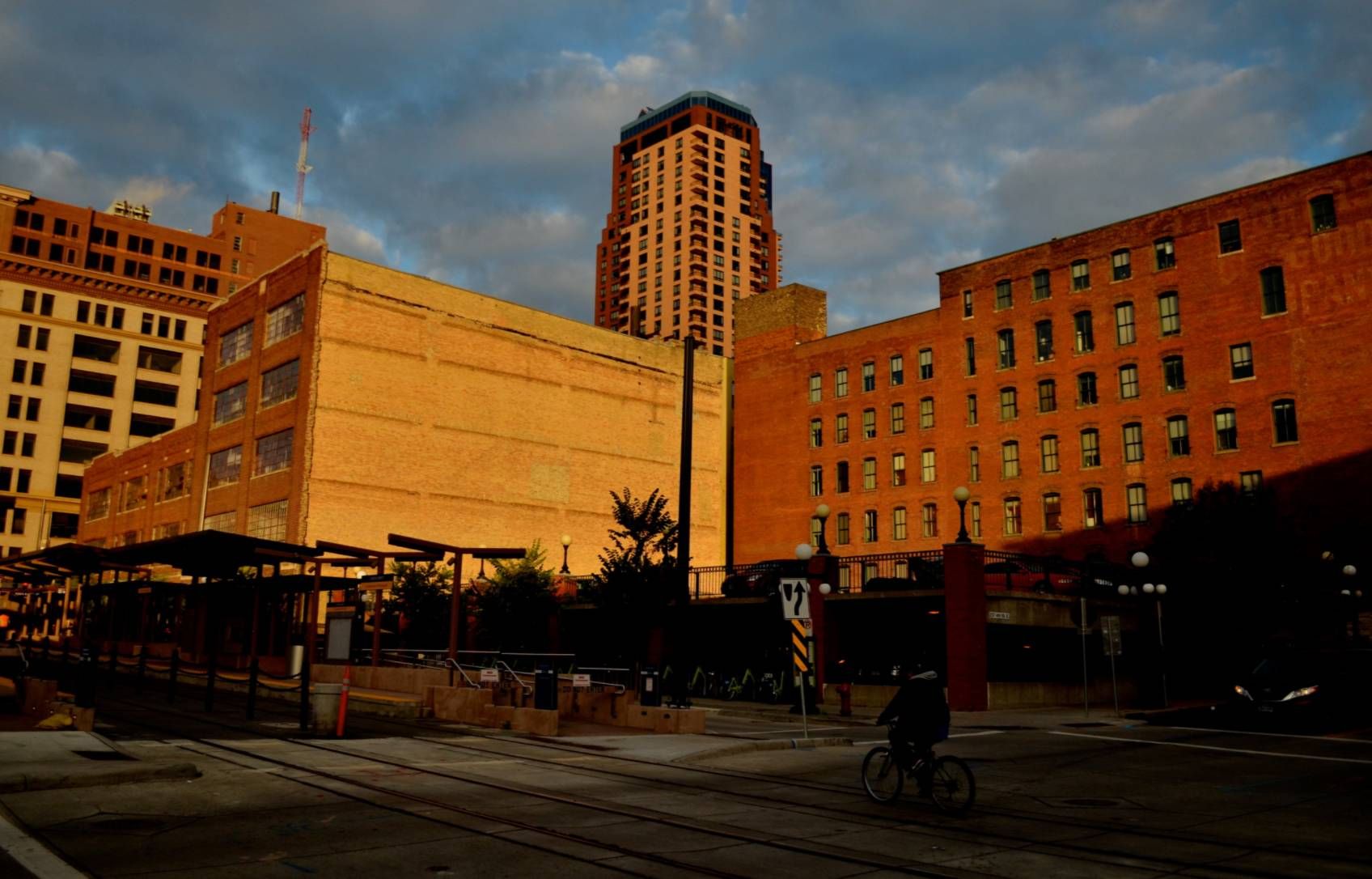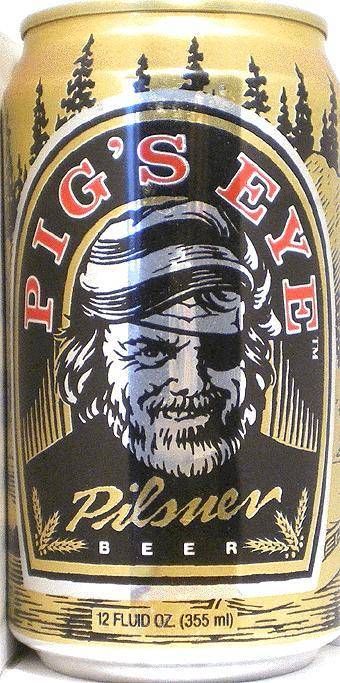Would a different name have made Saint Paul less 'boar-ing'?
A brief history of what could have been...

In the late 1830s, did one man ruin all future branding efforts for the Capitol City?
Before we get around to answering that question, rifle through this carousel of photos. And then say the first word that comes to mind.
While I can't read your mind, I'd be surprised if you didn't blurt out something like "the Capitol building in Saint Paul," or "the Saint Paul skyline" or the "Mississippi River in Saint Paul."
And that leads to a second question: Who can we thank for this?
Lucien Galtier, that's who. If you're from here, then you say Gaul-teer as it rhymes with "come here" and "beer." But since Lucien was from France I'm going to assume he would prefer it if we referred to him as Gaul-tee-aye, which rhymes with "crème brûlée" and "soufflé." I never took French, but let's be honest: Our local pronunciation of his name is ridiculous.
Don't even get me started on New Prague or Lake Gervais. I will leave that for a different article. B
Back to Galtier. We had Gaul-teer Plaza before it was renamed Cray Plaza. And there is Gaul-teer Street, running through the East Side of Saint Paul and portions of Roseville. Why do we have places named after a man with a name we repeatedly mispronounce?

Who was Lucien Galtier?
Lucien Galtier was a Catholic priest from the Occitanie region of southern France. He left France when he was about 32 years old and came to the territory that is now Minnesota to be a missionary.
Galtier ended up in the area now known as Mendota. Since Minnesota wasn't a formerly recognized state, the river at that time was referred to as Saint Peter's. But he did not stay on the Mendota side of the river for long. Upon exploring the area, he realized there would be more action and better opportunities to convert people if he set up shop where the river boats landed. Galtier found his way to what is now Saint Paul - only Saint Paul, of course, wasn't called Saint Paul at the time. Let's just say that it had a much more colorful name.
You can't pick your own nickname.
Pierre Parrant, a French Canadian born in or around Ontario in 1777, beat Galtier to the area by a few years. Parrant lived in a squatter's colony adjacent to Fort Snelling for about six years. As a bootlegger, he sold distilled spirits to other squatters, indigenous people and soldiers at the Fort. The colony was broken up in 1838 by officials associated with Fort Snelling because they claimed the inhabitants placed too much strain on the natural resources near Fort Snelling.
Parrant moved to an area just upstream from where downtown Saint Paul currently sits. On June 1, 1838, it is noted that Parrant completed construction of his home: a small structure that allowed him to stake the claim of being the first person of European descent to reside and, in turn, run a business in what is now Saint Paul. Parrent's business? He continued to pedal booze.

Parrant was "a coarse, ill-looking, low-browed fellow, with only one serviceable eye. The other was blind, sinister-looking, marble-hued, crooked, with a white ring glaring around the pupil. He spoke execrable English, and his habits were 'intemperate and licentious.'" In the days long before photography, the author of this description paints quite an image.
If you're selling booze out of a saloon in a river town, are described as being "intemperate and licentious," and have one malfunctioning eye, then of course your highly esteemed patrons are going to start calling you something other than your name. Since "Monsieur Parrant" does not roll off the tongue, they settled instead on "Pig's Eye."
And Parrant's saloon grew enough in poularity that the area surrounding it also became known as Pig's Eye. Joseph Brown, a speculator, government-hired Indian Agent, trader and businessman - as well as the namesake of the city Browns Valley, Brown's Creek in Stillwater and Brown County - wrote a letter in 1839 and put the return address of Pig's Eye on it. Soon after, he received mail addressed to his name at Pig's Eye.
The name, likely to Parrant's chagrin - or not - was catching on.
Borrowing from Peter to name a city...
Re-enter Father Galtier, now a resident of the area with the colorful name. He was not having it, though. As collected in his book, A Popular History of Minnesota, author Norman Risjord reports how Galtier came to name the area something a little different: "I had previously to this time fixed my residence at Saint Peter's and as the name of Paul is generally connected with that of Peter... I called it Saint Paul." The area around his mission on the river became known as Saint Paul's Landing, and a post office soon popped up there. The name was shortened - and Saint Paul caught on more than Pig's Eye.
What could have been?
It was not meant to be. By all accounts, Parrant was a scoundrel - though the same could also be said about Ramsey and Phalen, but those are different stories. Parrant probably rubbed a lot of people the wrong way, including noted Saint Paul historian J. Fletcher Williams, who, in his History of Saint Paul and the County of Ramsey, wrestled with the notion that Parrant should have any place in the historic records as one of the first European inhabitant of the city:
"Such was the man on whom Fortune, with that blind fatuity that seems to characterize the jade, thrust the honor of being the founder of our good city! Our pride almost revolts at the chronicling of such a humiliation, and leads us to wish that it were on one worthier and nobler that such a distinction had fallen. But history is inexorable, and we must record facts as they are."
After an 1844 land claim dispute, Parrant left the area intent on heading back to Ontario, only to die along the way.
Galtier, on the other hand, fared a little better. In 1840, he came down with a fever that gave him a jaundiced pallor, but he was treated at Fort Snelling, recovered and stuck around until 1844. At that time, he went to Iowa, only to leave the U.S. without permission and head back to France. Returning to the Midwest a few years later, he served in the diocese of Milwaukee for 19 years.
Between Galtier and Parrant, I know the logical choice is to allow Galtier to come up with the name, but wouldn't it be great if the Pig's Eye Saints payed at CHS Field, the Pig's Eye Art Crawl was the art event of the year, people came from miles around for the Pig's Eye Winter Carnival, Lowertown Pig's Eye was the final stop on the Green Line and the state's government was operated out of Pig's Eye? The possibilities for clever branding - Keep Pig's Eye Boring, or "boar-ing," if you will - would have been endless.

This story is made possible by the Arts and Cultural Heritage Fund and the citizens of Minnesota.
You know someone else who was a downright scoundrel? Edward Phalen, another great namesake of Saint Paul streets and parks. With the distinction of being Minnesota's first accused murdered, one wonders why so many places bear his name. We take you back to the scene of the historic crime.
It’s known as the Sandy Lake Tragedy, but that makes it sound like an accident. In more realistic terms, it’s about as awful a story as one could find. Carefully planned cruelty. Brazen inhumanity. Willful neglect. Corruption from the White House to our (pre-) statehouse. It’s an act of brutality so horrible that it shocked the nation and triggered a wholesale restructuring of Native American lives across the country to this day. It happened right here in Minnesota, and you probably don’t know anything about it. It also involved another notable Minnesota name: Alexander Ramsey, who committed a heinous crime no one knows about.
In addition to serving as the parlor of the rich, Saint Paul was also the playground of the nefarious, drawing the nation’s top gangsters to Prohibition-era watering holes and hotels. Discover answers to the question Why was Saint Paul a good place for bad guys?
